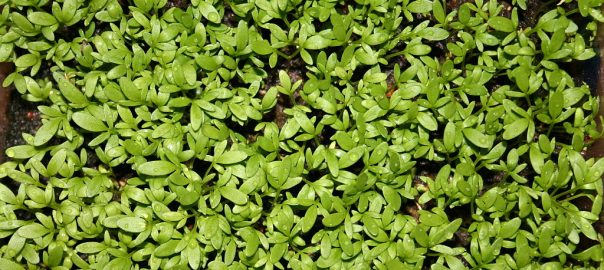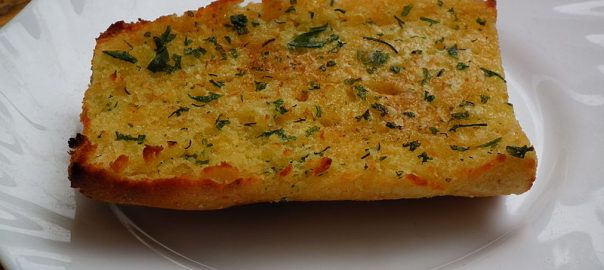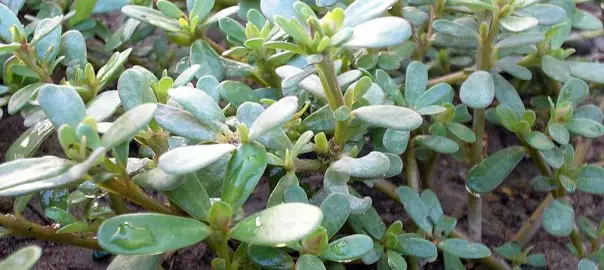Cress (Lepidium sativum), sometimes referred to as garden cress to distinguish it from similar plants also referred to as cress (from old Germanic cresso which means sharp, spicy), is a rather fast-growing, edible herb.
Garden cress is genetically related to watercress and mustard, sharing their peppery, tangy flavor and aroma.
In some regions, garden cress is known as mustard and cress, garden pepper cress, pepperwort, pepper grass, or poor man’s pepper (source)
Can Guinea Pigs Eat Cress?
Let’s take a look at its nutritional data and find out more.
In particular, its acidic, water, sugar, fat, salt, calcium and phosphorus content is of most interest as far as guinea pigs are concerned.
Nutritional value per 100 g (3.5 oz)
Energy 134 kJ (32 kcal)
Carbohydrates
5.5 g
Sugars 4.4 g
Dietary fiber 1.1 g
Fat
0.7 g
Protein
2.6 g
Vitamins
Vitamin A equiv.
beta-Carotene
lutein zeaxanthin
(43%) 346 μg
(38%) 4150 μg
12500 μg
Thiamine (B1) (7%) 0.08 mg
Riboflavin (B2) (22%) 0.26 mg
Niacin (B3) (7%) 1 mg
Pantothenic acid (B5) (5%) 0.247 mg
Vitamin B6 (19%) 0.247 mg
Folate (B9) (20%) 80 μg
Vitamin C (83%) 69 mg
Vit E (5%) 0.7 mg
Vitamin K (516%) 541.9 μg
Minerals
Calcium (8%) 81 mg
Iron (10%) 1.3 mg
Magnesium (11%) 38 mg
Manganese (26%) 0.553 mg
Phosphorus (11%) 76 mg
Potassium (13%) 606 mg
Other constituents
Water 89.4 g
source wikipedia
As you can see, cress contains a huge amount of water, quite a lot of phosphorus, calcium and a lot of acidic content plus a little sugar.
This means that cress is not the greatest food for guinea pigs.
They can have a nibble of it, but it contains too much water and acidic content for it to be a part of a guinea pig’s regular diet.
If they eat too much of it, it may give them problems because of its water and acidic content.
There are better greens for them to eat and if you are in doubt about cress, then don’t feed it to them.
For more foods that guinea pigs can and can’t eat, check out our guinea pig food list.


